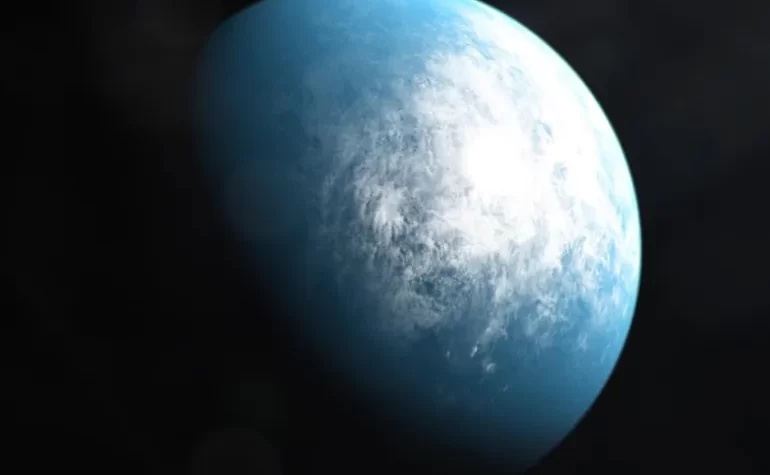Astronomers discover a “habitable planet” 31 light years away

Just 31 light-years away, astronomers have identified an extremely rare Earth-sized world orbiting too far from its star to be hospitable to life as we know it.
Although there is not much information available, this outer world represents a promising candidate for future searches for life signatures on exoplanets close to Earth's mass.
So far, more than 5,200 exoplanets have been confirmed, and less than 1.5% of them have masses less than two Earth planets.
Of these, dozens may orbit their stars at a distance that provides temperatures that allow liquid water to appear on the surface so that it is neither too hot to burn nor too cold to freeze.
The so-called habitable zone is the first step that scientists follow in narrowing down whether the outer world may or may not be hospitable to life. This was adopted by a team of astronomers led by Diana Kosakowski from the Max Planck Institute for Astronomy (MPIA) in Germany, where they discovered the exoplanet Wolf 1069b, which has a mass of 1.36 times the mass of Earth, orbiting a nearby red dwarf star called Wolf 1069, in the constellation Hen.
“When we analyzed data for the star and planet Wolf 1069b, we detected a clear, low-amplitude signal for what appears to be a planet close to Earth's mass,” Kosakowski says. It revolves around the star within 15.6 days at a distance equivalent to one-fifteenth of the distance between the Earth and the Sun.
This would certainly make the planet too hot to live if Wolf 1069 were a star like the Sun, but red dwarfs are much smaller and cooler than our star. This means that its habitable zones are much closer to the star than the habitable zone of our solar system, which stretches from Venus all the way to Mars.
Although Wolf 1069b is 15 times closer to its star than Earth is to the Sun, the radiation it receives is about 65% of what Earth receives from the Sun.
At this level, the temperature of rocky Mercury-like Wolf 1069b should be about -23 degrees Celsius (-9.4 degrees Fahrenheit). That's pretty cold for liquid water, but without an atmosphere, liquid water would turn into vapor anyway.
The absence of any activity or strong ultraviolet radiation on its parent star increases the chances of the outer planet retaining much of its atmosphere, so it can have conditions suitable for the development of life.
Wolf 1069b is likely to have a magnetic field. The internally generated global magnetic field results from the rotation, transformation and conduction of fluids within the planet's core that convert kinetic energy into magnetic energy to create a magnetic field.
“Our computer simulations show that about 5% of all developed planet systems around low-mass stars, such as Wolf 1069, end up with a single detectable planet,” says astronomer Remo Bern of the Max Planck Institute for Astronomy. The simulations also show a period of violent encounters with planetary embryos during the construction of the planetary system, sometimes leading to catastrophic effects.
These encounters will heat up the "young" world, indicating that Wolf 1069b's core is still molten, like Earth's, and could therefore generate a magnetic field.
Unlike Earth, computer simulations indicate that on one side of the exoplanet it is always day and night on the other.
A simulated temperature map of Wolf 1069b shows that liquid water is likely to be present in the region directly facing the star (where daylight prevails).
Unfortunately, we will have to wait a long time to explore more about the exoplanet, given that it does not pass between us and its star, which is the method used by the scientific techniques currently available in studying the discovered exoplanets.
Source: websites

